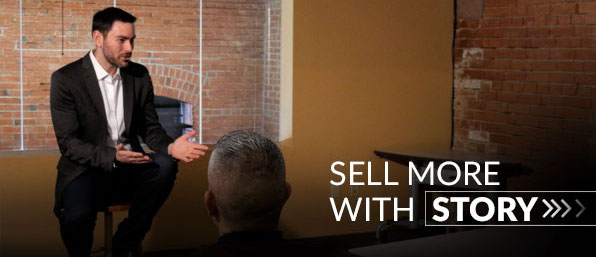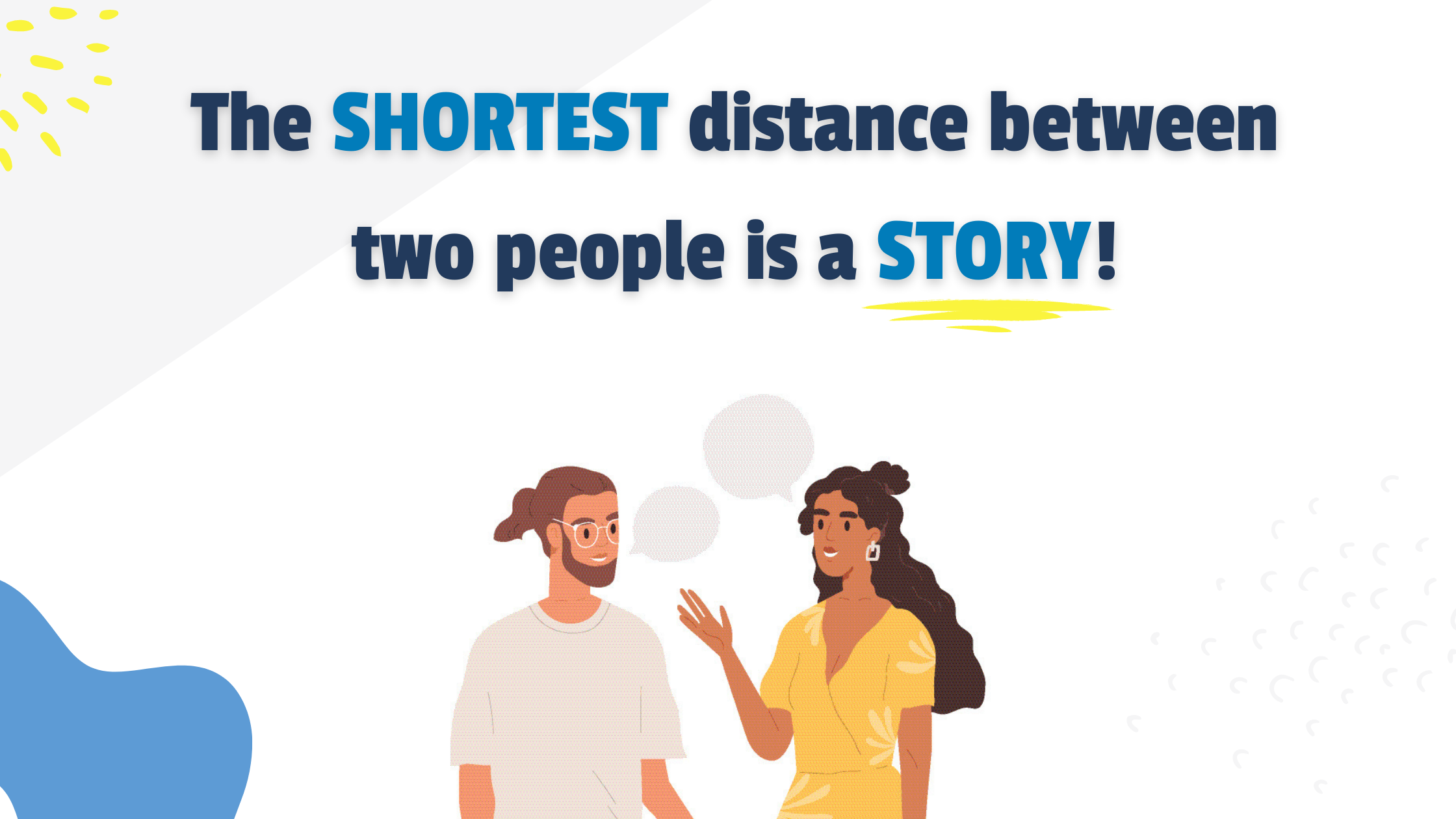Business Storytelling Foundations: Step-by-Step Guide
At 2Win, we often say, "The only thing worse than never telling a story... is telling a bad one." Stories in a business environment should always be...

When I hear that phrase, I remember reading bedtime stories to my sons when they were youngsters. As adults, stories help us understand complex concepts, and just like when we’re younger, they forge connections with the storyteller, open up our imaginations, and help us receive new ideas.
"If history were told in the form of stories, it would never be forgotten" Rudyard Kipling
When we train pre-sales and sales professionals around the world, we often hear that telling stories will be considered inappropriate in their opportunities. Any method, used poorly, will produce bad results.
"I like a good story, well told. That is the reason I am sometimes forced to tell them myself."
This famous quote by Mark Twain helps us understand that the content of the story is separate from the skill of the storyteller. Mark Twain was a great storyteller first, and an author, second, and recognized as one of the greatest American authors of all time. You can be successful leveraging story in the sales process by using it to open people’s imaginations, build relationships and drive home key concepts, but it is a skill like any other.
Stories in a demo situation might be as long as 2 minutes or as short as 15 seconds. Utilized well, it will not lengthen your demo, many times it shortens it.
Imagine that you are demonstrating security technologies. The statistic in your deck might read like this:
That entire story might take a few seconds longer than delivering your statistic alone. Stories don’t need to be elaborate and lengthy to be effective. And in this example, the person you told the statistic to now has a way to relay the concept to people on their team.
Your company has a CRM platform. You are about to demonstrate the dashboards in your software to the Vice President of Sales. You consider your dashboards "differentiating." You login in and boom, there's the dashboard. Like many pre-sales professionals, you begin to explain the power of your dashboard one panel at a time. Here's that same demo with a story wrapped around it.
"For your next demo topic, I'll be showing you a dashboard. Imagine it is 20 days before the close of the quarter. Imagine it is 20 days before the close of the quarter. You just got back from 2 weeks on the road. You walk into your office to see how healthy the team’s forecast is. You want to know if they’re ahead or behind. If they are behind, you want to know the top 10 opportunities they should focus on and, within each opportunity, you need to know how to get the deal across the finish line. Our dashboard can be configured with DEEP insights that get you ACCURATE answers to REAL questions like this. Twenty-eight seconds later, you are demonstrating with the power of a story that the Vice President of Sales can relate to and remember.
Here's a catch. As riveting as I might think I am at telling a story, my stories are never as good as someone who tells the same story supported by a visual. Studies show 80% of every learner type (written, auditory, kinesthetic) learn better with visual cues. Throw a great image on a slide with your story, and it becomes that much more "sticky."
The longer stories I referenced earlier are excellent ways to open a demo. They present the opportunity to float the demo's value proposition in a memorable way that differentiates you from the competition. When stories are delivered without skill and purpose, you risk boring your audience before you’ve demonstrated anything. If the story doesn't follow 2Win rules, it can dismantle their respect for you and your team. The vast majority of salespeople want to open a demo with a company overview because it's safe! Follow these rules, and you'll be safe and rewarded!
The story is about them and what they want to accomplish or solve. If you have a key differentiating aspect of your solution that addresses this critical goal, make that part of your story. When you're done with the story, demo it!
No death, war, politics, or taxes. The story doesn't have to be based on a successful current customer or an industry expert. If I see one more Gartner Magic Quadrant slide at the start of a demo I'm going to…wait…right... no death, war, dying.
Never, ever tell a story based on historical events that aren't fact-checked. Also, don't exaggerate your story. Doing so destroys the story and your credibility.
Understand the culture of your prospect and their leadership. Please don't assume they won't accept illustrations that connect value to your solution. Ask the sponsor.
Always connect your story to the prospect's primary interest within 60 seconds. The last thing you want is an executive interrupting and telling you to "get to the point." Remember this crucial fact. Make your story about them, and make it about them quickly!
Consider the intention of telling your story. Are you trying to persuade, convince, surprise, challenge, motivate, or rescue? Understanding your intention guides your delivery of the story.
I can't emphasize this enough. You must practice your story. Do it in front of a mirror at home. Time it. Record it. You should never try new skills on prospects without practicing them.
Take the initiative and help your team build some skills. We’re the Global Leaders in technology sector sales training. We’ve seen how story can move the needle for sales teams. Grow your own skills, be seen as a thought-leader to your boss, and then ask for a raise.

At 2Win, we often say, "The only thing worse than never telling a story... is telling a bad one." Stories in a business environment should always be...

It is hard to argue the value and impact of storytelling in business. Great stories capture people's attention, imaginations, and emotions....

When your executives take the virtual stage at your upcoming Sales Kickoff (SKO), a story needs to be told. Here’s the scenario. 2020 has been an...